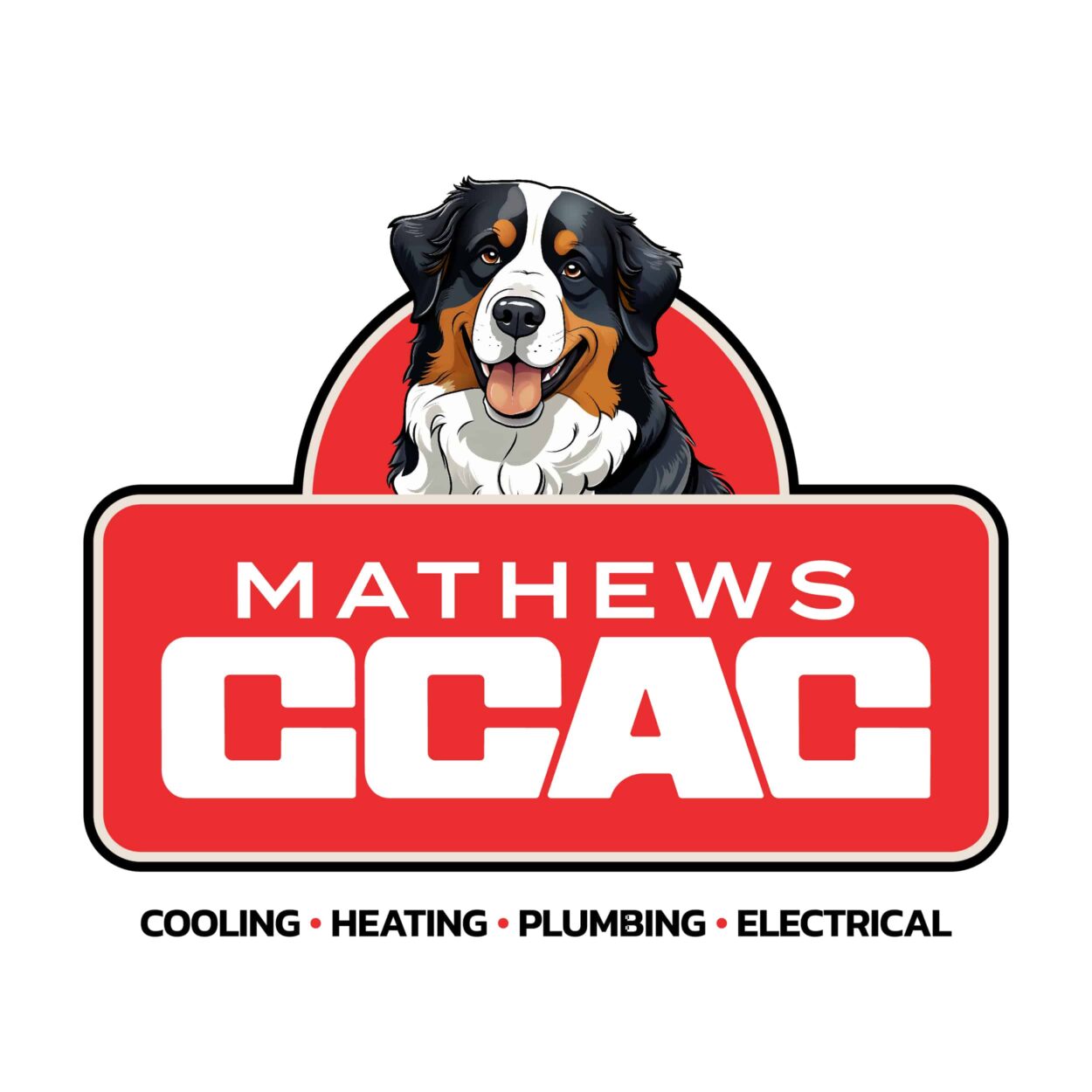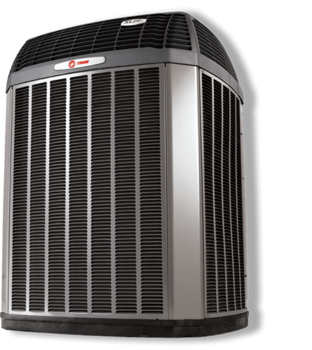 The ducts hidden from view behind your ceilings and walls are the critical air circulation component of your home’s heating system. Leaky seams, disconnected sections and other deficiencies in the supply or return ductwork can waste up to 30 percent of your furnace’s heat output. Having tight ducts is essential for you to enjoy:
The ducts hidden from view behind your ceilings and walls are the critical air circulation component of your home’s heating system. Leaky seams, disconnected sections and other deficiencies in the supply or return ductwork can waste up to 30 percent of your furnace’s heat output. Having tight ducts is essential for you to enjoy:
- Optimal comfort. When the ducts are in good condition, you’ll see a boost in warm airflow at the registers, and fewer temperature variations in different areas of your home.
- Energy efficiency. Curtailing energy loss in the ductwork not only improves your heating efficiency, it can also lower your cooling costs in the summer.
- Healthy indoor air. Tight ducts keep unhealthy contaminants from being pulled in from unfinished areas, such as dust, mold spores and insulation particles. They also protect against exposure to carbon monoxide from backdrafting combustion fumes.
How to Tighten Up the Ductwork
To maximize efficiency in your duct system, you need to fix any deficiencies then seal and insulate properly. Since ducts are often located in hard-to-reach areas, like a crawl space, attic or garage, it’s wise to hire an experienced professional rather than tackling this task on your own.
Here are some of the key steps a pro will take:
- Perform a visual inspection. A thorough examination of the accessible ducts can determine whether sealing and insulating is a viable option or if they need replacement.
- Test for leaks. After the supply and return vents are sealed, the ducts are pressurized using a calibrated fan so that a digital pressure gauge can measure how much airflow is lost due to leaks.
- Make repairs. Any damaged sections are replaced, disconnected ducts are rejoined, loose seams are repaired, and sagging spans are properly supported.
- Seal the ducts. Joints, seams and gaps around the registers are sealed with fiberglass mesh, mastic sealant and metal-backed tape.
- Install insulation. The accessible ducts are wrapped with R-8 insulation to control energy losses due to heat conduction through the metal.
If you’re concerned about having tight ducts in your Coastal Bend home and you need expert advice, contact us at CCAC.
Our goal is to help educate our customers in Corpus Christi, Texas about energy and home comfort issues (specific to HVAC systems). For more information about ductwork and other HVAC topics, download our free Home Comfort Guide or call us at 361-678-2495.
Credit/Copyright Attribution: “Kichigin/Shutterstock”












